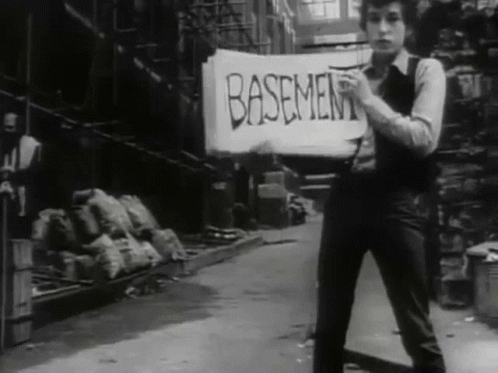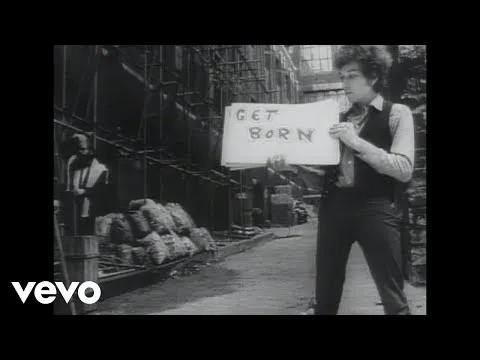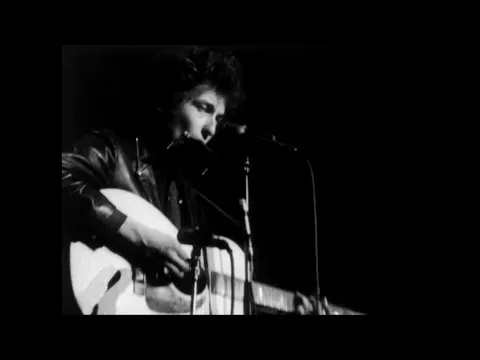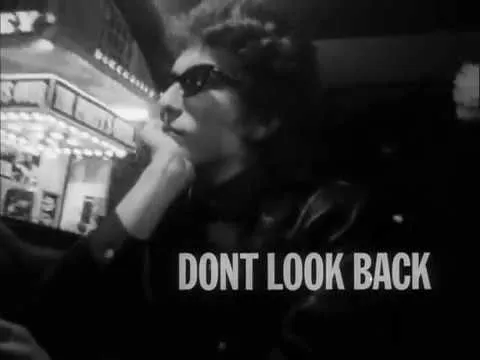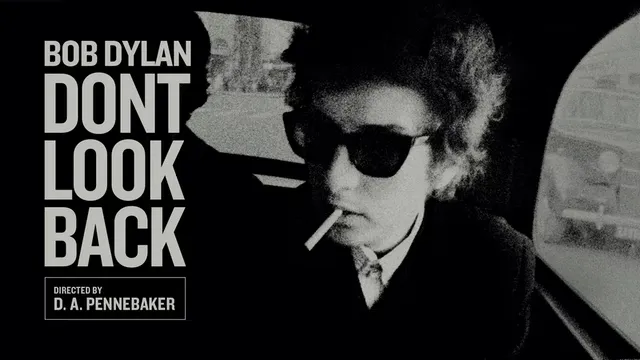
A documentary aims to record facts and not to analyze them. But we should not confuse it with event filming. The documentary creator owes a debt to the truth, but he/she is not a camera that mechanically records. He is a living person who has his pwn ideas, opinion and wants to get through a specific message in his film.
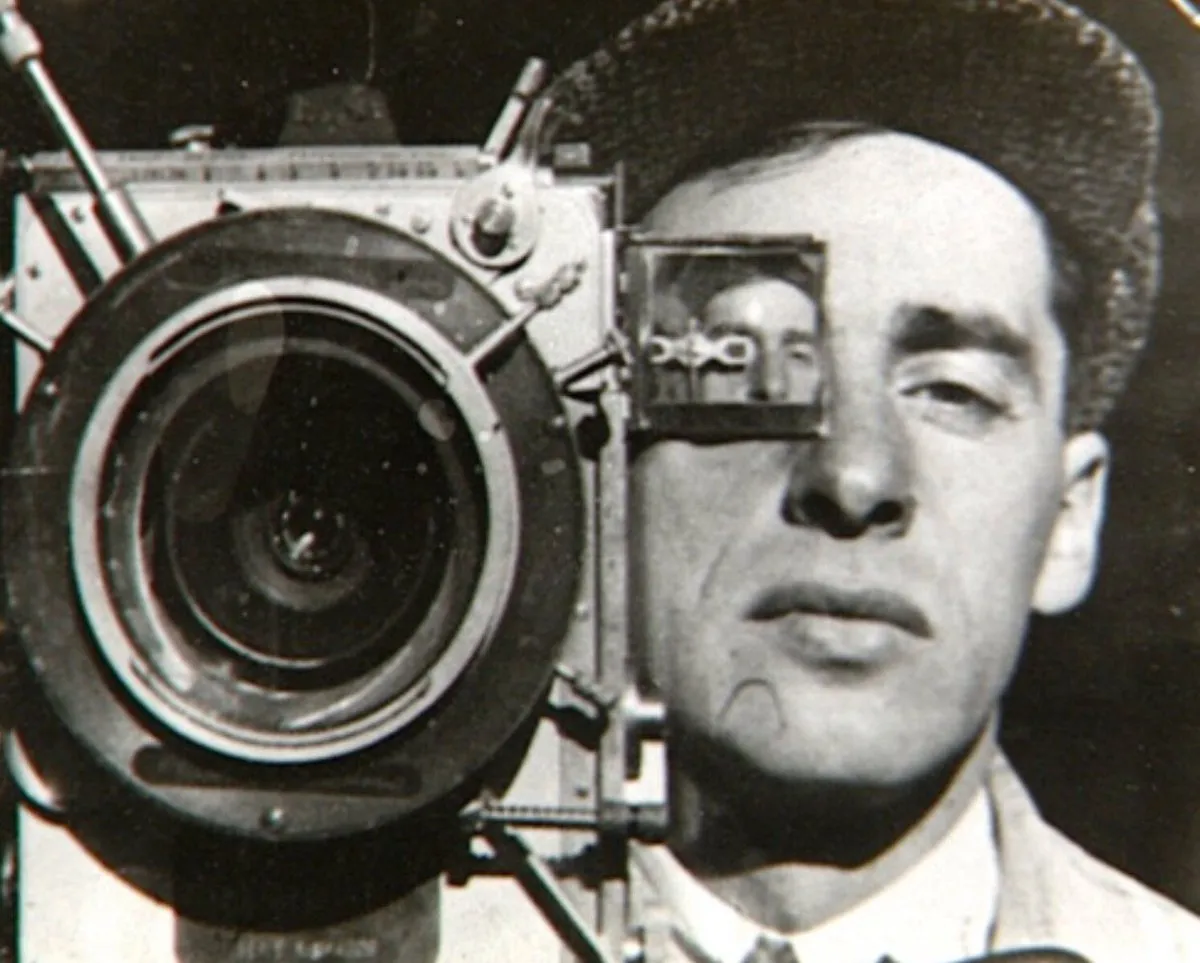
The Man with the movie camera -photo source
D.A. Pennebaker was a lucky man. He owned a 16mm black and white handheld camera. He had the talent and the blessing of meeting many valuable people. And he had the vision to create films through his lens. He made music documentary a reality. The "grandfather" of the documentary wanted to record the moments of his time and thanks to him, there are amazing moments of music: Monterrey Pop (1967), Ziggy Standard (1979) and others.
But above all what has been considered by many as the best Music Documentary (see Rolling Stone)
Bob Dylan: Dont look back (1967)
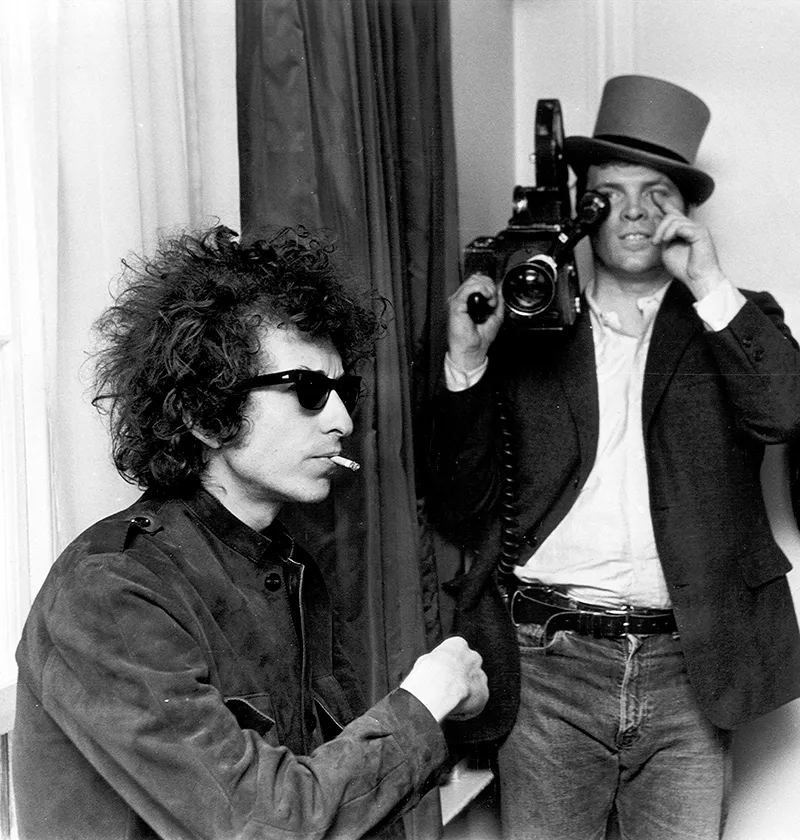
First scene: a music video. Bob Dylan standing in an alley, with lots of cue cards of selected lyrics, revealing one after the other in order. Back left, Allen Ginsberg appears to be talking to someone. The music plays and the sound of the "Subterranean homesick blues" is heard through our screens. One of the most iconic scene, perhaps one of the first music video...
Ladies and gentlemen, the film begins.
The year is 1965 and Bob Dylan has started his tour in England. Already known as a young, promising folk musician, he is expected to fill theaters with his guitar. And Pennebaker's camera is there to capture the daily routine of the tour, after Dylan's manager, invitation.
He is not alone in this journey. With him is his manager Albert Grossman, his then partner,Joan Baez, Alan Price (Animals), Donovan, a large entourage of followers that keeps getting larger, and of course Pennebacker who didn't stop recording (notably without any purpose to "beautify" situations).

The scenes alternate. It presents the arrival at London airport and the interviews that Dylan has to give in order to promote his concerts. Awkarwd at times, bored by the mundane questions, Dylan seems to have a mood of "conflict" with the press. He tries to establish his place, in the midst of the conservative journalists.

Then we see the everyday -human- Dylan in the hotel with his own people. He relaxes, talks, sings ... Joan Baez next to him, although she does not sing on the tour, she has come to England with him but they are also far away (we said the camera does not lie). He makes jokes and smokes a lot. He tries to create while Baez sings "love is just a four-letter word", a message to her beloved that they are moving away from each other.

And the scenes in the concert, where Dylan in the middle of the stage with his guitar and his harmonica achieves something inconceivable. Among his spectators, no screams are heard, not even young girls trying to climb to get close to their idol. No, Dylan's viewers do not act like that. They listen with religious devotion to his songs, his lyrics. Dylan is a poet and knows how to enchant the public with his words.
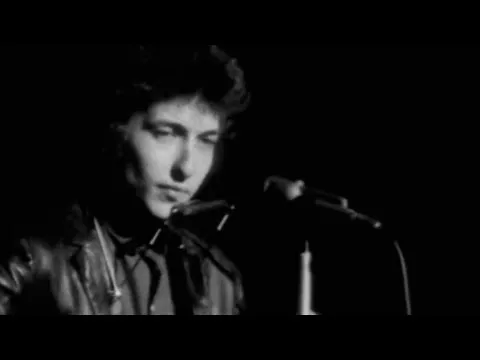
Pennebaker indirectly makes the comparison, Dylan vs the Beatles. They are both trying to change the music scene of their time, each in their own way. But Pennebaker treats Dylan differently, as an artist, a poet who behaves differently in the situations around him. He is cultured artist that is interested in his image, but he knows who he is and he is not going to hide it. And that's what he wanted to capture in the film.

And in this documentary there are scenes that could well make someone characterize Dylan as unacceptable, vicious, arrogant. The way Dylan treats the journalist from Time magazine. He seems obnoxious, insulting. Or the "jokes" he makes with the young student, that belittles him. These scenes are certainly not a good portrayal of Dylan. But Pennebaker admires him and does not seem to hesitate to present even his negative side. As if he has separated the artist from the man and knows exactly this essential distinction.
But even those who participate in this documentary seems to forget that there is a camera that records. A technique that will be use a lot in documentaries since then. The camera is moving, living with the object of observation. Pennebraker's camera is just like a part of the entourage. And as the days go by on the tour, the fatigue becomes more intense.
Earlier we mentioned that Dylan knows himself and may not "care" much about the press, but he is interested about the press. In almost every scene, Pennebacker - consciously perhaps - captures him reading a newspaper.
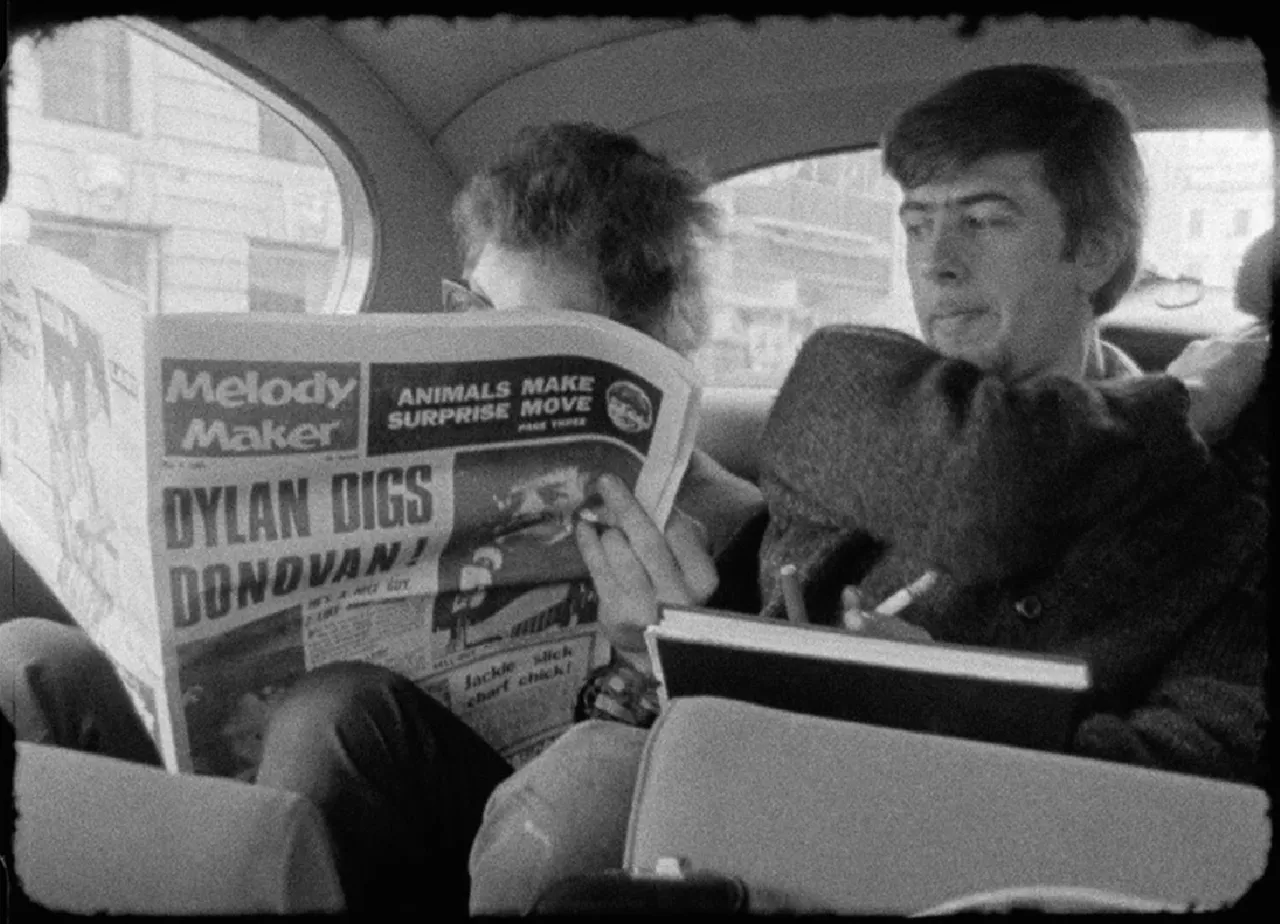
Also characteristic is the scene at the end of the film, where his manager mentions that he is considered an anarchist. He is very impressed and finds it funny, so much so that he repeats the word since he does not believe it. His last phrase, however, also shows his attitude: "then give the anarchist a cigarette".
And then as a revolutionary, in 1967 he brought the electric guitar to the folk scene, subverting everything we knew about this music until then.
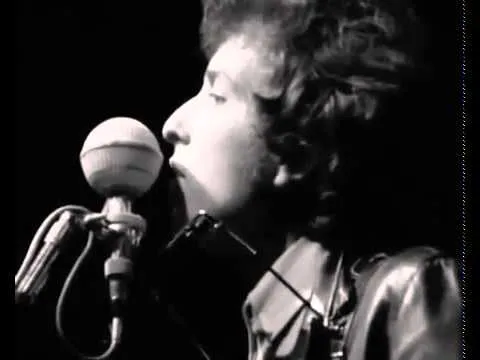
In this documentary we see an artist, not at the beginning, but at the turning point he takes to create himself and his next steps. And how impressive they were.
This post was written as participation in CineTv contest. Check it out and write about your favourite documentary.
Thank you for reading!
